Welcome to the 22nd edition of Honey Drops: Alfred Comes To Town.
Regular programming will resume on Friday, however during my trip to Sydney for Climate Action Week, so many people were interested in the impacts of the cyclone, I’d like to get my thoughts down for you as well.
The conversations I had while in town also reinforced why I love being part of the Sustainability space. The genuine, emotionally intelligent, action-oriented individuals making up the whole are our collective superpower. Kumi Naidoo’s Closing Keynote summed it up perfectly: “Pessimism is a luxury we cannot afford”.
As many duck their heads hoping to get through the next four years unscathed, we are standing firm for what we know is right, what is urgent, and what is key to long-term business success.
Pity the business ‘leaders’ who think this is the time to be cowardly.
Power out. Internet off. Phone reception down.
A four-day trifecta to send many round the twist.
Combine that with a slow-moving Category 2 cyclone, wobbling like a drunken sailor towards shore, and it equates to a pretty stressful week.
Fun fact: It’s the southern side of the eye which cops the most wind and rain, due to the clockwise nature of the system as it moves West.
So there I was, perfectly located south of the eye, buffeted by unrelenting Southerly winds, driving rain and stay-at-home orders: me, my candles, and The Janson Directive by Robert Ludlam, published 23 years ago by the mind who gave us Jason Bourne.
Second fun fact: The ocean in 2024 was 0.89 degrees above the long-term average, as per the AFR and the Bureau of Meteorology.
Third fun fact: Cyclones love warm water, meaning they will continue coming further south of the tropics as sea surface temperatures increase.
Fourth fun fact: 1.2 million people in South-East Queensland were also experiencing the same thing. Small businesses, employees, schools, hospitals, even banks. While many escaped physical damage to themselves and their homes, there will be significant economic ramifications to the Queensland state budget and insurance companies.
Fifth fun fact: Insurance companies have been worried since at least 2011 a Category 3 or 4 cyclone would turn west where Alfred did and devastate Brisbane.
Sixth fun fact: From 100% anecdotal evidence, stay-at-home orders send people back into the mindset of the Covid days, real fast. And this time, your phone is a paperweight and your TV is a black canvas.
This felt very different to the 2022 Floods. Then, it was the heaviest rain I have experienced, nonstop for four days before people could adequately prepare, and then the flooding.
This time was different. Here’s how the week shook out:
Saturday: Our friends were the first to tell us about Alfred, a Category 2 Tropical Cyclone predicted to make landfall on Wednesday night. The last tropical cyclone to come close to the Northern Rivers (but not make landfall) was Debbie in 2017, which resulted in the infamous Lismore floods of that year. Clearly one predicted to make landfall presented a significant risk to the region.
Monday: With landfall still expected to occur Wednesday night, I suggested a friend not to go to Noosa, and risk being stuck for who knew how long. He made it back on Wednesday morning.
Tuesday: Driving my wife to the Gold Coast airport at 5am in pretty hairy conditions (AKA struggling to see through the rain blowing across the road) made it clear to both of us it wouldn’t be wise to embark on the same trip 36 hours later for my own flight to Sydney. The clear increase in rain and wind meant we had a serious event on the way and the less time spent on the road, the better.
Wednesday: I lost power, internet, reception just as my first coffee finished landing in my mug. Phew. However, with the forecast pushed back to Thursday, and a power outage not expected until Thursday afternoon, this threw my meal prepping strategy out the window. A dash to get more food, bags of ice for the esky, a final fuel run and groceries for friends who were working, finished with setting up my laptop at Culture, Lennox Head’s friendly wine store (to work, not imbibe, for the record). We tried to get sandbags from the council depot to protect the shop, however they were waiting for 15,000 to arrive without an ETA.
The Gold Coast airport was shut at 4pm, ensuring my 6pm flight definitely wasn’t taking off, and they kindly moved it to 7:30pm Friday night.
The response team at Essential Energy did a great job, and I had power again by 6pm.
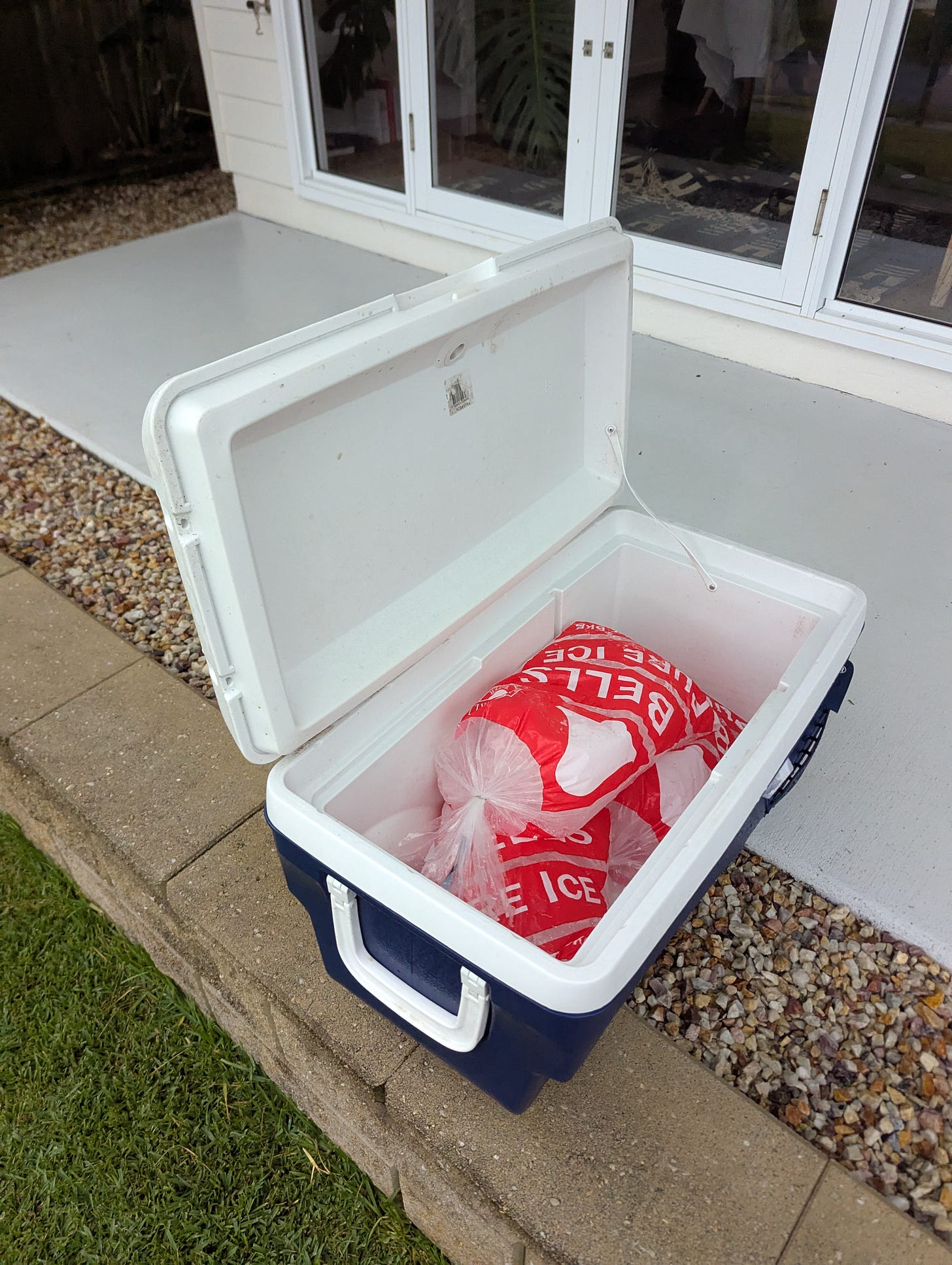
Thursday: A day of waiting, lots of rain and checking on neighbour /friends in the area. Our neighbours next door were away, so I made sure everything was tied down and packed away to avoid projectiles, including bringing a few larger items over to ours. I lost power for the final time at 6pm, after predicted landfall was confirmed for Saturday morning.
This is what it looks like when a whole region’s grid goes down:
Friday: Absolutely no power, and the spot in my office offering the sliver of reception became a dead zone. Screenshots sent to me with news updates couldn’t be downloaded, so we reverted to ol’ copy and paste text trick. I prepared for landfall tonight north of the Gold Coast, and hoped the house would be ok.
Saturday: Woke up often to some of the loudest winds I’ve ever heard. Still no power in the AM so went back to hang out with Luke at Culture and chat with the locals about how everyone is doing. Received a message from Essential Energy that due to extensive storm damage we would be without power again overnight. Night three meant the couch looked like my back and my back looked like the couch. #readinglightssavelives
Sunday: The power came on at 1:45am! I know this, because I should have remembered to turn the lights off when the power first went on Thursday.
Key takeaways:
There are some who have said this was a non-event. I couldn’t disagree more. If your metric is there are no paths of destruction where the cyclone destroyed entire communities, you are correct. If you look at the economic and social costs, however, this was highly disruptive. We were still receiving flood alerts just two days ago, and there has been an enormous fish kill event on the Richmond River, resulting in dead fish floating in the water and appearing along the beaches near the Ballina breakwall due to the water quality being 90% below what is considered ‘healthy water’.
Thankfully, the amount of time we had to prepare in the lead up meant significant damage was avoided for many. However, rather than viewing Alfred as a non-event, I think we have seen the community’s resilience in full-effect. People stayed calm, ensured they had everything required for an extended period without power and communications. Many businesses in NSW and Queensland have once again experienced first-hand the disruptions such natural disasters can have on the local economy.
My hope is such events don’t continue their march south.
Until Friday,
Dan

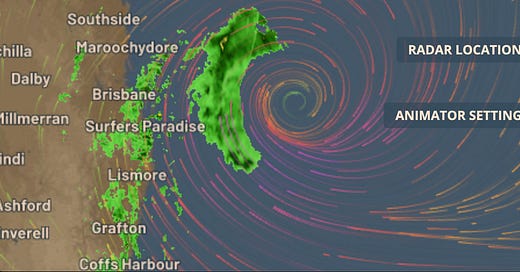




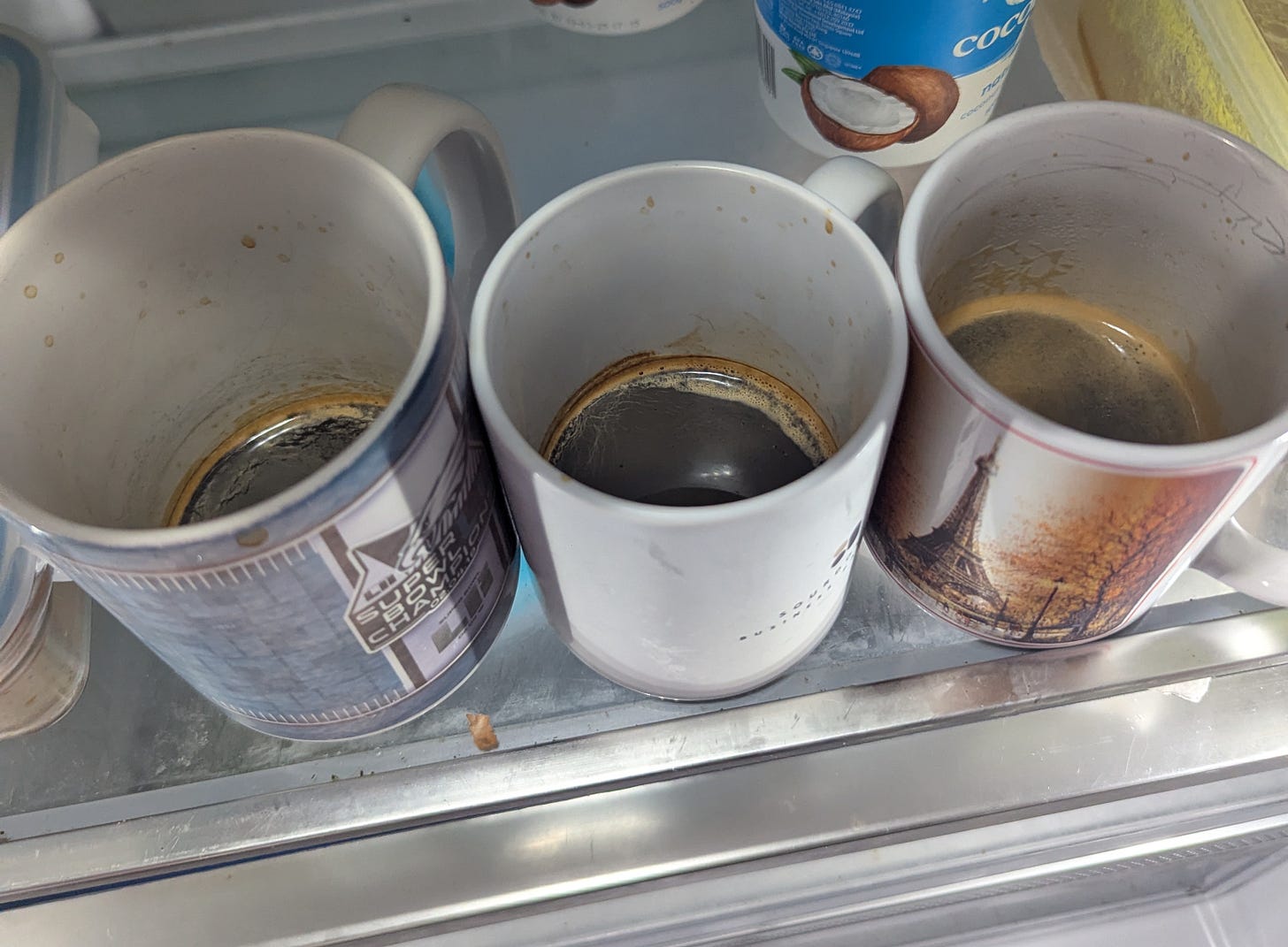

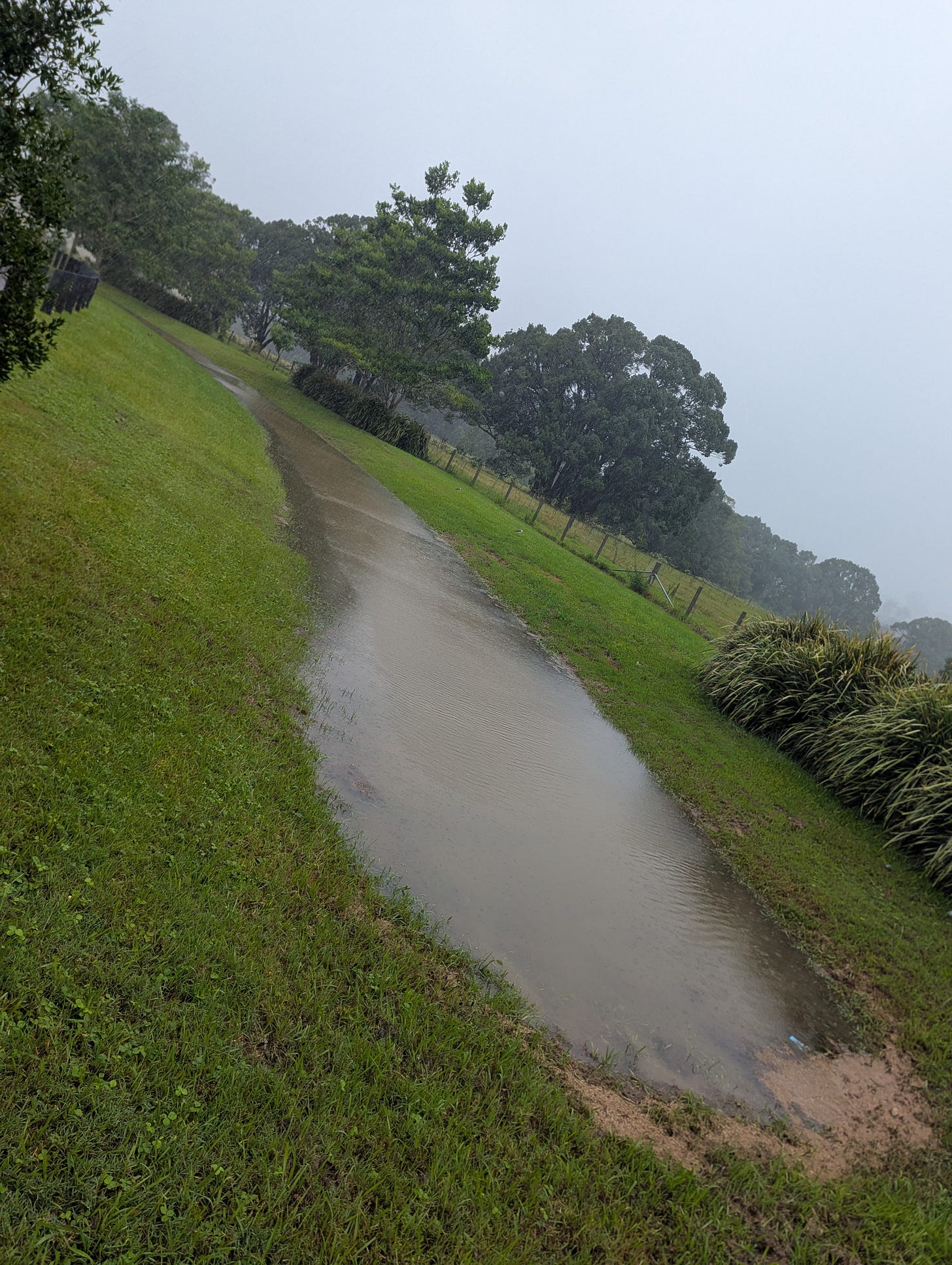
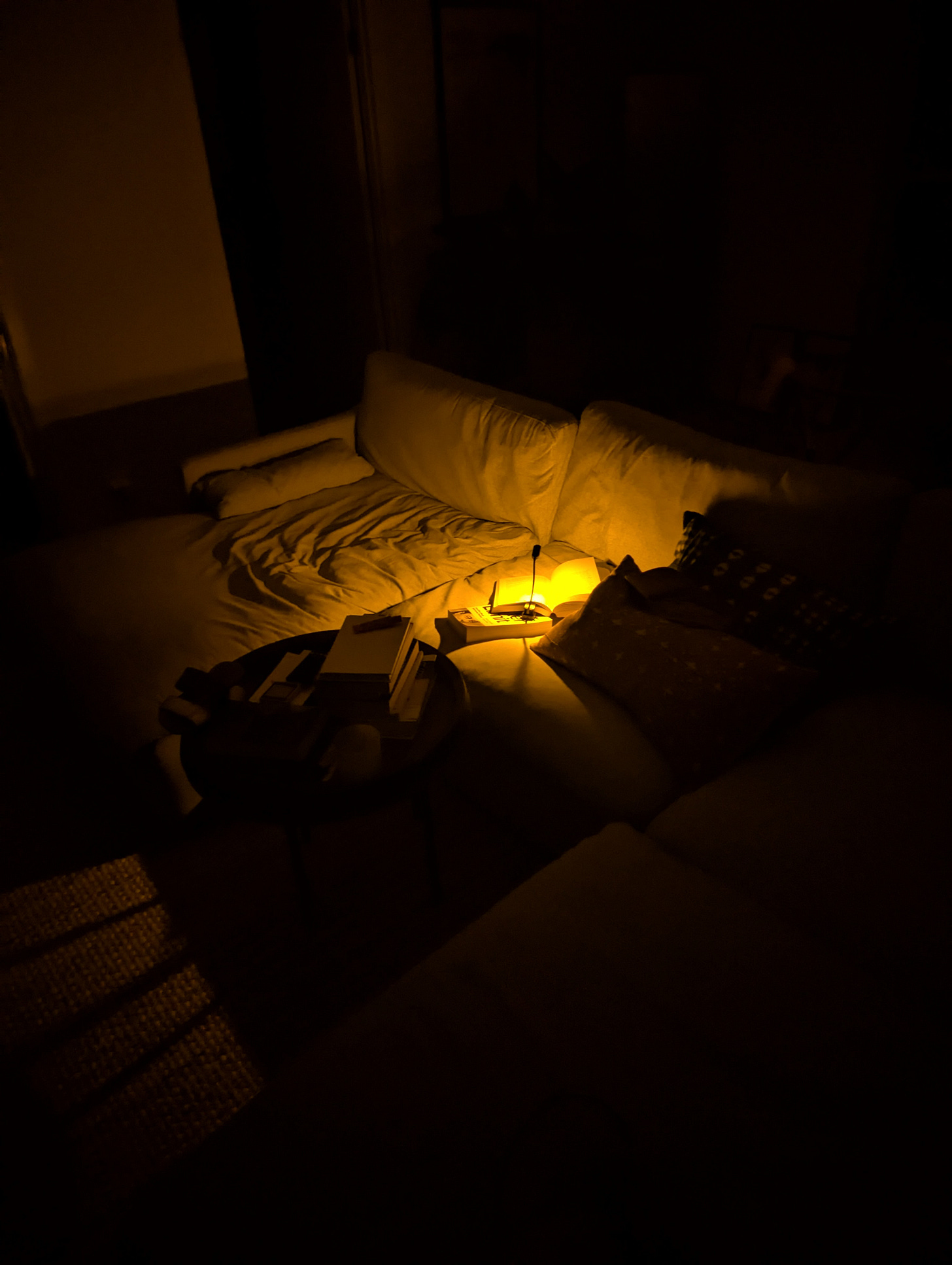
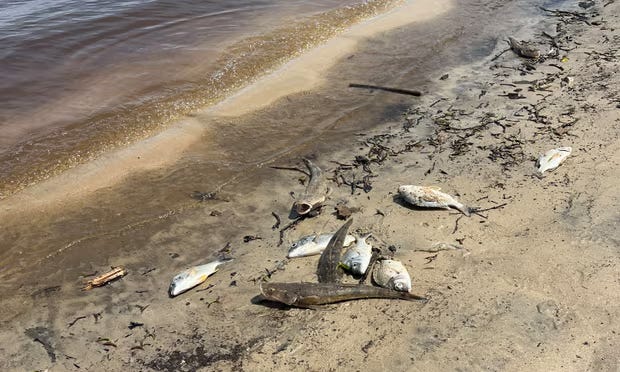
What a realistic account of the immediate effects of Alfred and the resilience shown by individuals and communities in preparation and response